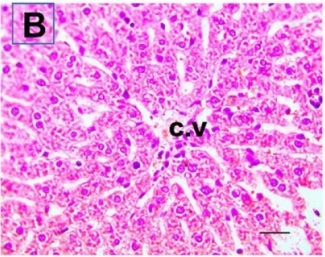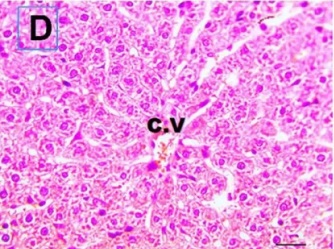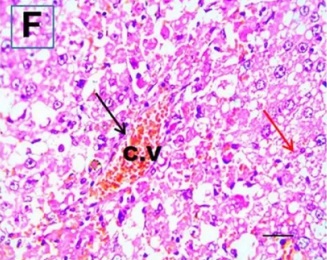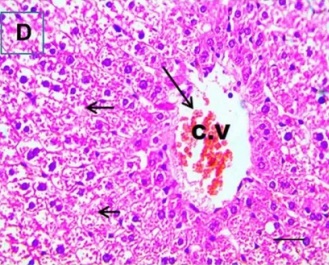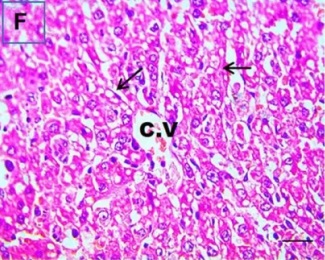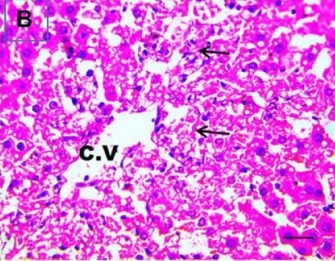
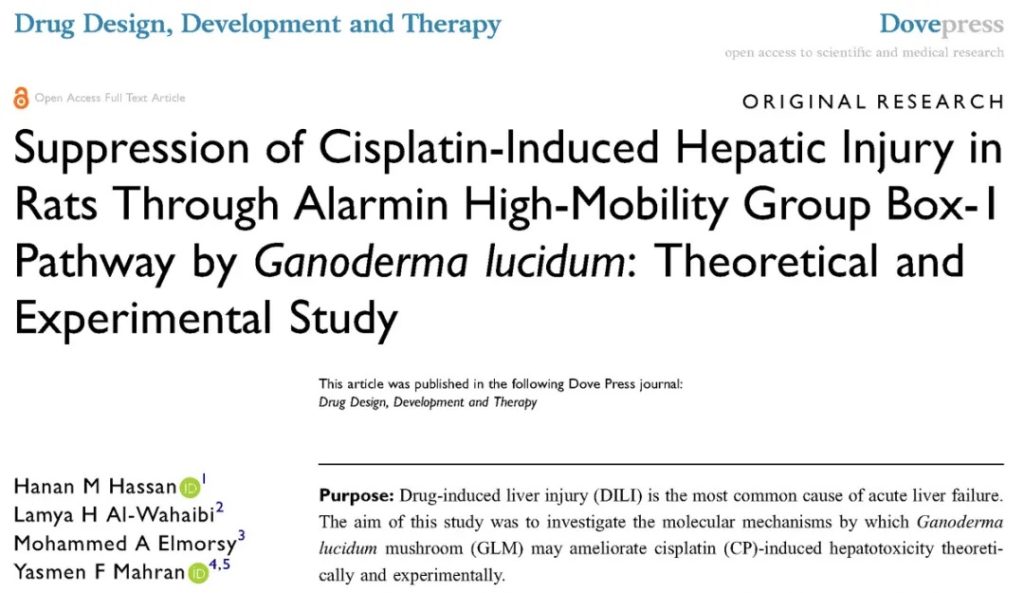
화학 요법은 간과 신장을 손상시키는 반면 Lingzhi는 (라고도영지버섯 or Reishi mushroom) 간과 신장을 보호한다.
할 수 있다영지버섯 withstand the liver and kidney damage caused by chemotherapy?
델타 과학대학 약학부 Hanan M Hassan 교수로 구성된 팀 & Technology in Egypt and Professor Yasmen F Mahran from the Faculty of Pharmacy of Ain Shams University in Egypt used cisplatin, the most common traditional chemotherapy drug, to test the possibility of영지버섯 in protecting liver and kidney cells from cisplatin injury.
Their research results are divided into two articles: one is protecting the liver while another is protecting the kidneys. They were published in “Drug Design, Development and Therapy” and “Oxidative Medicine and Cellular Longevity” in June and July 2020, 각기.
The anti-oxidant, anti-inflammatory and anti-apoptotic effects of영지버섯 can obviously block many oxidative damage, inflammatory damage and cell apoptosis induced by cisplatin, and such protection is applicable to liver cells or kidney cells. This not only highlights the dual medicinal value of영지버섯 but also provides a feasible auxiliary protection method for cancer chemotherapy.
In order to avoid making this article too long, the author will introduce the role of영지버섯 in this aspect in two parts in the hope that these scientifically based data and evidence will bring more confidence to friends who seek to reduce the side effects of chemotherapy.
Part 1영지버섯 protects the liver vs. cisplatin hepatotoxicity
The researchers compared the differences between using and not using영지버섯 during cisplatin treatment in six groups of healthy rats and the differences in protection against liver injury with different영지버섯 administration methods. They are:
◆Control Group (Cont): the group that does not receive any treatment;
◆영지버섯 그룹(GL): the group that are not injected with cisplatin but eats영지버섯 매일;
◆Cisplatin Group(CP): the group that is only injected with cisplatin but does not eat영지버섯;
◆Everyday Group (Daily): the group that is injected with cisplatin and eats영지버섯 매일;
◆Every Other Day Group (EOD): the group that is injected with cisplatin and eats영지버섯 every other day;
◆Intraperitoneal Group (i.p): the group that is injected cisplatin and receives intraperitoneal injection ofG투명아노더마.
All those who received cisplatin were injected intraperitoneally with 12 mg/kg of Cisplatin on the first day of the experiment to trigger acute liver injury; those who received the intraperitoneal injection of영지버섯 were injected once on the second and sixth days of the experiment.
그만큼영지버섯 used in the experiment contains active ingredients such as triterpenes, 스테롤, 다당류, polyphenols and flavonoids. 그만큼영지버섯 given in animal experiments, whether it is taken orally or by injection, is calculated at a daily dose of 500 mg/kg.
(1) 영지버섯 reduces hepatocellular injury
후에 10 날, it can be seen that cisplatin will increase the hepatitis index and total bilirubin level in the rat’s serum. These are all signs of hepatocellular injury. But if영지버섯 is involved at the same time, the increased value can be reduced a lot (수치 1).
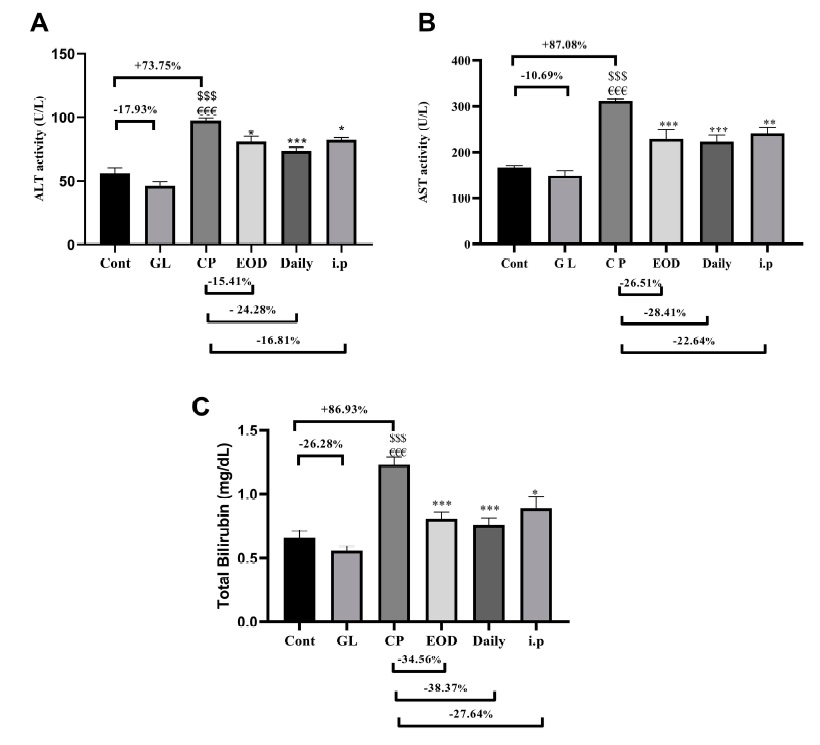
Data Source/Drug Des Devel Ther. 2020; 14:2335-2353.
수치 1 Effects of cisplatin and영지버섯 on liver injury indicators
Put the liver tissue section under a microscope, and you can see that cisplatin can cause liver congestion (the blood that should return to the heart is blocked and stagnates in the hepatic veins), cell degeneration (vacuoles appear, which is the earliest change in cellular injury), apoptosis and necrosis, but these conditions can also be alleviated by using영지버섯.
수치 2 Effects of cisplatin and영지버섯 on hepatocytes
(2)영지버섯 enhances the antioxidant capacity of liver cells
This article further compares the oxidative damage suffered by each group of liver tissues. There are two observation indicators: MDA(말론디알데히드), a product formed after the destruction of cell membranes by free radicals, and H2영형2 (hydrogen peroxide), an intermediate product formed after the metabolism of free radicals by antioxidant enzymes.
Both of these products have the oxidative properties of free radicals and must be further treated before they can be truly “detoxified”, so the amount of them can tell us the oxidative damage that the liver tissue “has suffered” and “will suffer”.
확실히, cisplatin will cause great oxidative damage to liver tissue, but if영지버섯 is involved In treatment at the same time, such damage can be reduced (수치 3).
Because the changes in the concentration of antioxidant enzymes (SOD and GSH) in the liver tissues of each group and the changes in oxidative damage indicators showed a completely opposite trend, it can be inferred that영지버섯will increase the antioxidant capacity of liver tissue and reduce the damage by “increasing antioxidant enzymes”.
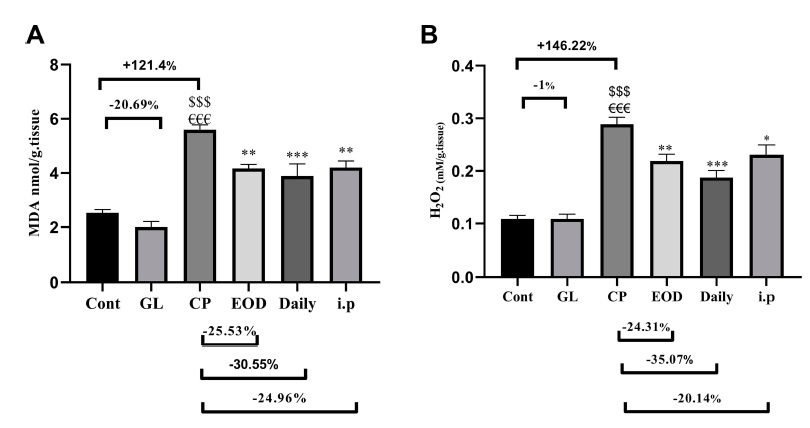
Figure 3 Effects of cisplatin and영지버섯 on oxidative damage of liver tissue
(3)영지버섯 enhances the anti-inflammatory ability of liver cells
Cisplatin threatens the survival of cells by damaging DNA and inducing a large number of free radicals; cells under pressure will turn on the master switch NF-kB that regulates the inflammation response, prompting cells to synthesize and release tumor necrosis factor (TNF-α) and other cytokines to activate the first wave of inflammatory reactions and sound the alarm for immunity.
Immediately afterwards, those cells killed by oxidative damage or inflammation will release another cytokine, HMGB-1, to activate more immune cells, triggering waves of inflammation.
Continuous inflammation will not only, 차례로, intensify oxidative damage but also drive more cells to death, and even cause liver tissue to gradually develop fibrosis during the process of repeated inflammation and repair.
다행스럽게도, just like영지버섯 can reduce the oxidative damage caused by cisplatin, animal experiments also confirmed that the combined use of cisplatin and영지버섯 can inhibit the activation of the inflammation switch NF-kB, reduce the inflammation-promoting TNF-α and HMGB-1, and increase the anti-inflammatory cytokine IL-10 in the tissues of the liver at the same time (수치 4).
Taken together, these effects not only inhibit inflammation but also reduce collagen deposition and prevent the progression of liver fibrosis (수치 5).
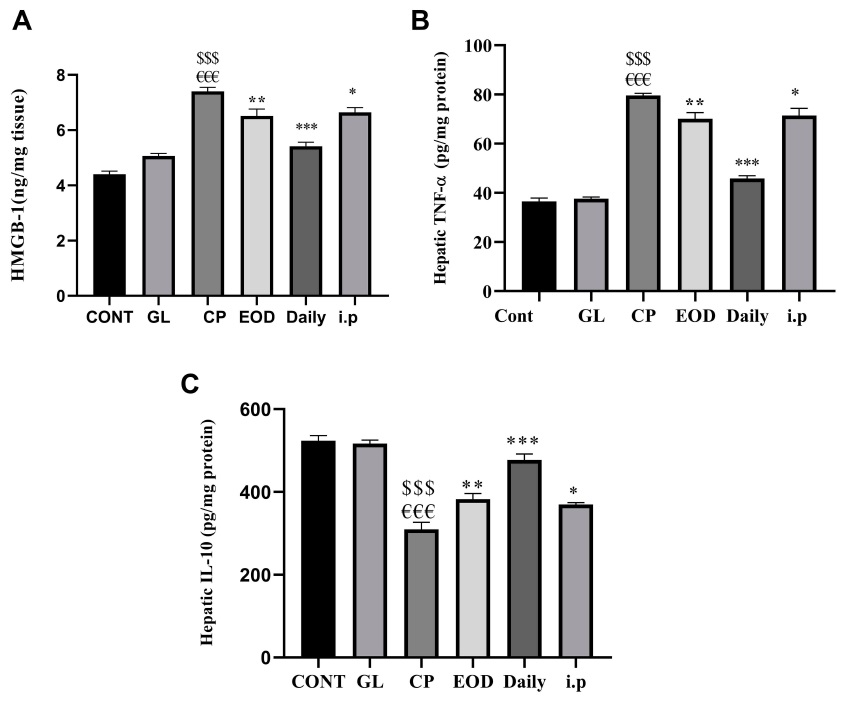
Data Source/Drug Des Devel Ther. 2020; 14: 2335-2353.
수치 4 Effects of cisplatin and영지버섯 on inflammation of liver tissue
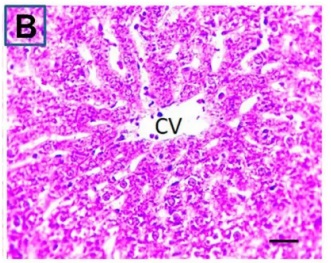 Control Group (Cont) | 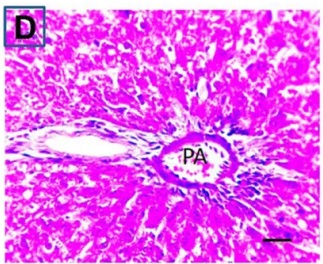 영지버섯 그룹 (GL) |
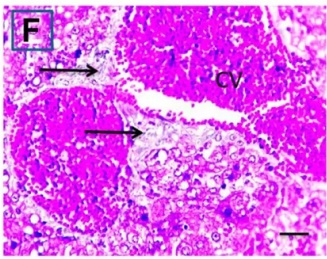 Cisplatin Group (CP) | 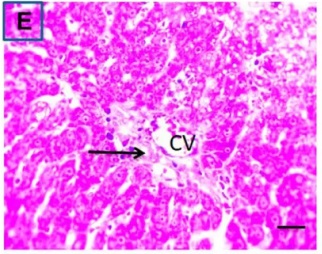 Every Other Day Group (EOD) |
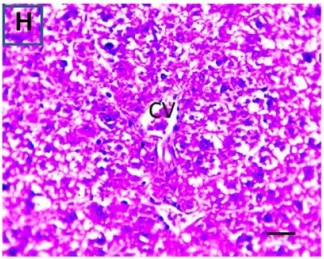 Everyday Group (Daily) | 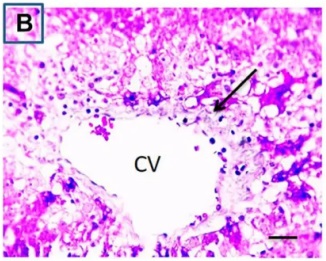 Intraperitoneal Group (i.p) |
| The arrows point to areas of collagen deposition. | |
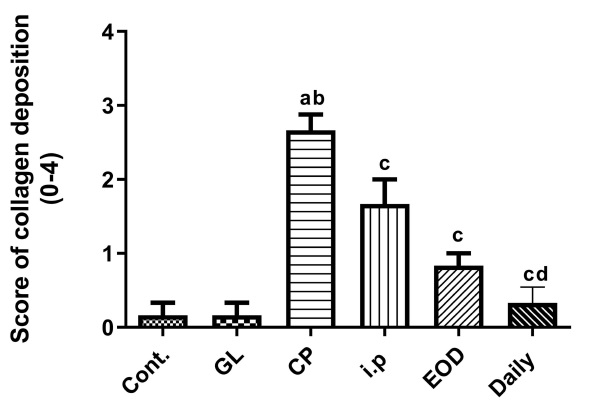
Data Source/Drug Des Devel Ther. 2020; 14: 2335-2353.
수치 5 Effects of cisplatin and Ganoderma lucidum on liver fibrosis
(4)영지버섯 enhances the anti-apoptotic ability of liver cells
Whether through oxidative damage or inflammatory damage, cisplatin will eventually activate the “apoptosis” mechanism and force liver cells to die.
다시 말해서, if liver cells can hold the last line of defense, they will have more chances to survive and reduce the severity of liver damage.
There are many protein molecules that regulate apoptosis. 그 중, the most representative ones are: p53, which can promote apoptosis, Bcl-2, which can inhibit apoptosis, and caspase-3, which executes apoptosis at the last minute.
According to the researchers’ analysis of liver tissues of experimental animals in each group, 영지버섯 can not only promote the expression of Bcl-2 but also inhibit the expression of p53 and caspase-3, which can provide powerful anti-apoptotic energy for liver cells.
(5) Ganoderic acids play an important anti-inflammatory role
From anti-oxidation, 항염증, anti-apoptosis to the actual performance of reducing liver damage, the researchers have compiled the mechanism of영지버섯 in inhibiting cisplatin hepatotoxicity into the following diagram for your reference.
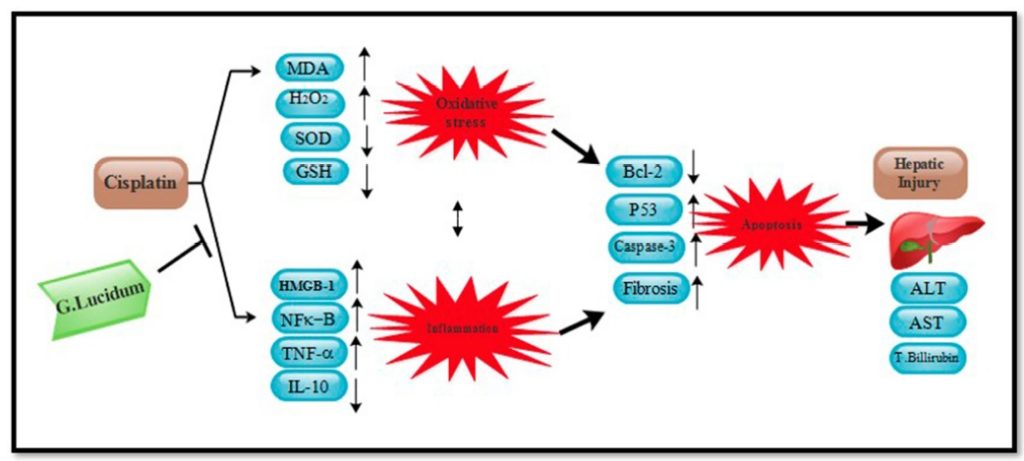
Data Source/Drug Des Devel Ther. 2020; 14: 2335-2353.
수치 6 The mechanism of Ganoderma lucidum in inhibiting liver toxicity of cisplatin
In the end of this study, the analysis of the “molecular docking simulation system” found that at least 14 ganoderic acids in the triterpenes of영지버섯 (as shown in the table below) can directly and effectively bind to the key cytokine HMGB-1, thus inactivating the pro-inflammatory activity of HMGB-1.
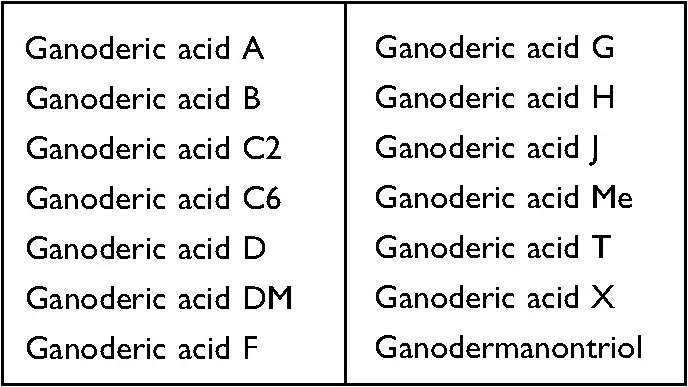
Since anti-inflammation is one of the important mechanisms of영지버섯 to reduce Cisplatin-induced hepatotoxicity, “richness in Ganoderic acid” has become an indicator component of영지버섯 to protect the liver.
What kind of영지버섯 ingredients can contain such abundant Ganoderic acids? According to past research, it is known that they are mainly present in the “영지버섯 fruiting body alcohol extract”.
It is worth mentioning that the rats in the영지버섯 group that only ate영지버섯 are almost the same as the rats in the control group in the above-mentioned experimental results, 것을 나타내는영지버섯 is highly safe for consumption.
게다가, the method of using영지버섯 is also very important. If you are willing to review the chart shown in this article, it is not difficult to find that “Every Day Group” has the best effect.
사실은, Every Day Group has the best effect in reducing the hepatic and renal toxicity of cisplatin in animal experiments,which is different from otherG양극종 명쾌함 여러 떼.
What are the specific manifestations of the above-mentioned good effects? Stay tuned for “Part 2영지버섯 protects the kidney vs. Cisplatin nephrotoxicity”.
[데이터 소스]
1.Hanan M Hassan, 외. Suppression of Cisplatin-Induced Hepatic Injury in Rats Through Alarmin High-Mobility Group Box-1 Pathway by영지버섯: Theoretical and Experimental Study. Drug Des Devel Ther. 2020;14: 2335-2353.
2.Yasmen F Mahran, et al.영지버섯 Prevents Cisplatin-Induced Nephrotoxicity through Inhibition of Epidermal Growth Factor Receptor Signaling and Autophagy-Mediated Apoptosis. 셀 수명이 긴 산화물. 2020. 도이: 10.1155/2020/4932587.
끝
저자 소개 / 씨. 우팅야오
Wu Tingyao가 직접 보고해 왔습니다.영지버섯 이후의 정보 1999. 그녀는 다음의 저자입니다.Ganoderma로 치유 (4월 인민의학출판사에 게재 2017).
★ 이 글은 저자의 단독 승인 하에 게재되었습니다., 소유권은 GANOHERB에 속합니다.
★ 위 작품은 복제할 수 없습니다, GanoHerb의 승인 없이 발췌되거나 다른 방법으로 사용되는 경우
★ 이용허가를 받은 저작물인 경우, 승인 범위 내에서 사용해야 하며 출처를 표시해야 합니다.: 가노허브
★ 위의 내용을 위반한 경우, GanoHerb는 관련 법적 책임을 추구할 것입니다.
★ 이 기사의 원문은 Wu Tingyao가 중국어로 작성하고 Alfred Liu가 영어로 번역했습니다.. 번역 내용에 차이가 있는 경우 (영어) 그리고 원본 (중국인), 원래 중국어가 우선합니다. 독자들이 궁금한 점이 있으면, 원작자에게 연락주세요, 양. 우팅야오.
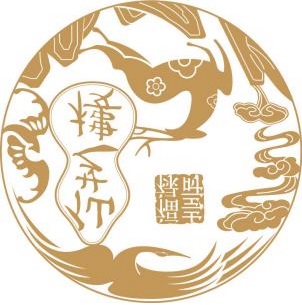
천년 건강문화를 전하다
모두를 위한 웰빙에 기여


